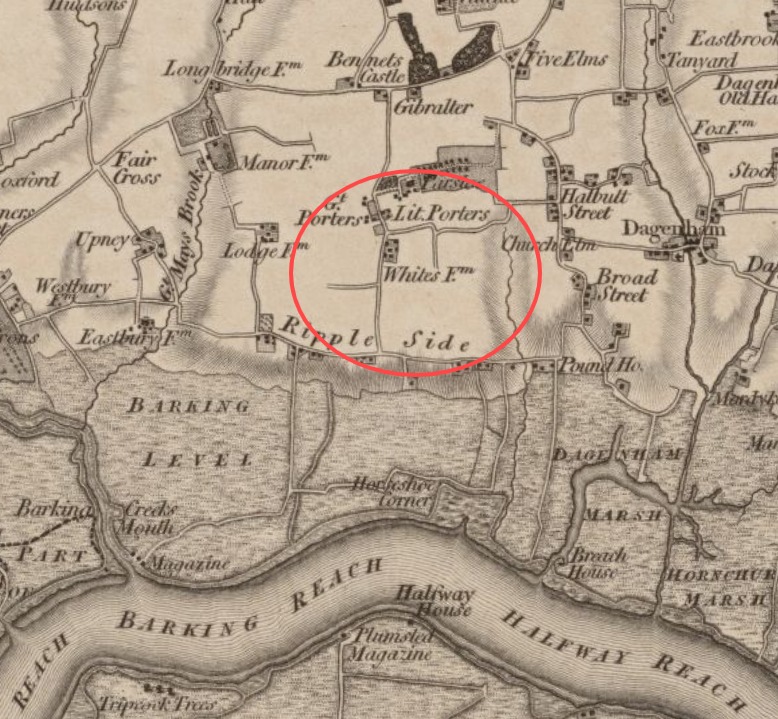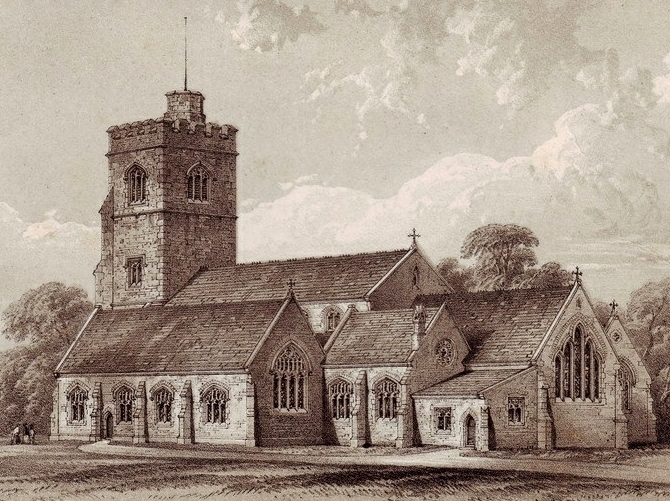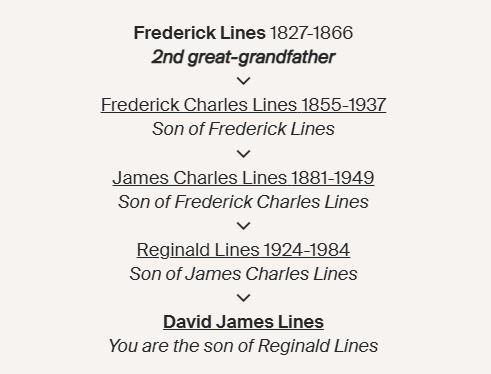When my great-great-grandfather, Frederick Lines, was born in March 1827 in Barking, Essex, his father, William, was 27 and his mother, Mary, was 25. He married Harriet Louisa Walker (Lazell) on 6 August 1853. They had six children in 11 years. He died on 6 August 1866 at New Street, Barking at the age of 39.
At 14, he lived at “White House” with his parents and siblings and worked as an agricultural labourer. In the early 19th century, Barking was a major fishing port that shifted to market gardening and later to industrial development, marked by the railway’s arrival in 1854. The fishing industry, once the largest in the UK, declined as railways allowed East Coast ports to bring fish to London faster. This change led to the decline of traditional fishing trades and the rise of new industries such as chemical works and brewing, along with major harbour development later in the century.
Frederick married Harriet Walker (Lazell), a widow, on August 6, 1853, in St Margaret’s Church, Barking. The 1861 census data shows the family living on Goodmayes Lane, where he was employed as an agricultural labourer.

In 1866, Frederick (39), his wife Harriet (35), daughter Harriet (7), and son Alfred (1) died of cholera. Frederick’s son William and his sister Elizabeth were taken into care at the Ashley Down orphanage in Bristol. It is unclear where his other two children, Frederick and James, went when their siblings were taken into care.
The 1866 cholera outbreak in London was the last major outbreak and was concentrated in the East End, where areas were not yet connected to the new sewer system. Residents in this area were drinking water from the contaminated Old Ford Reservoir. The epidemic resulted in 5,596 deaths, with a high concentration of fatalities in the East End.





Comments are closed